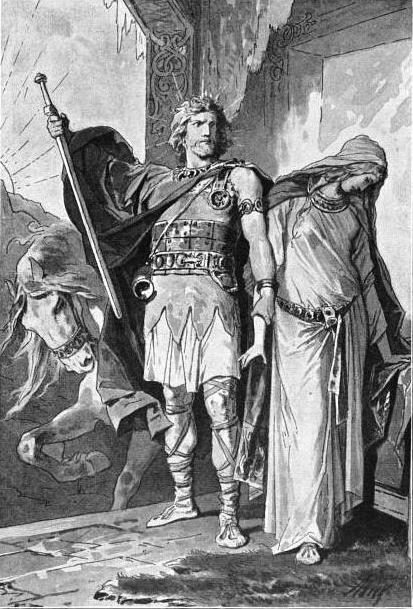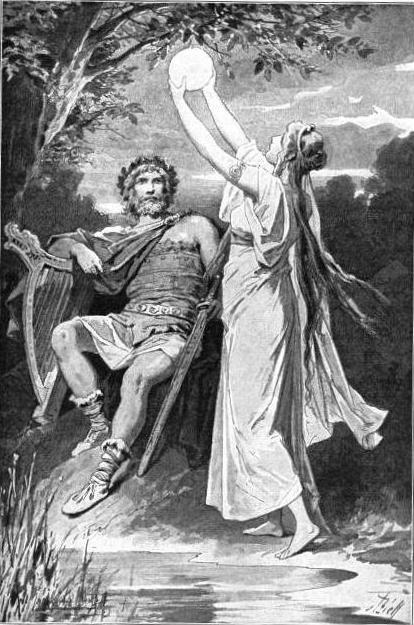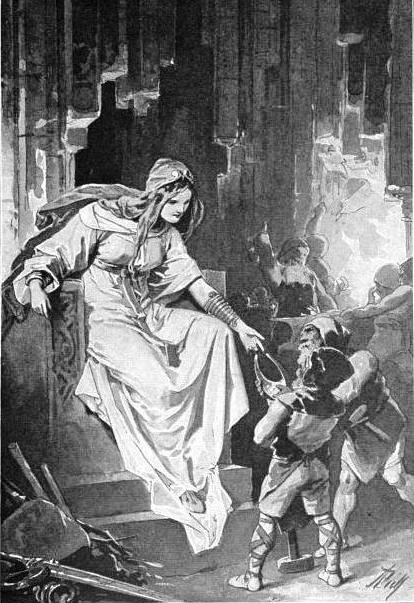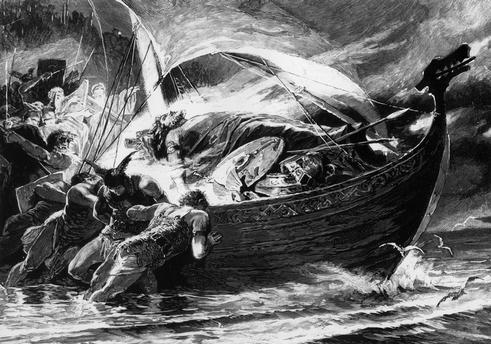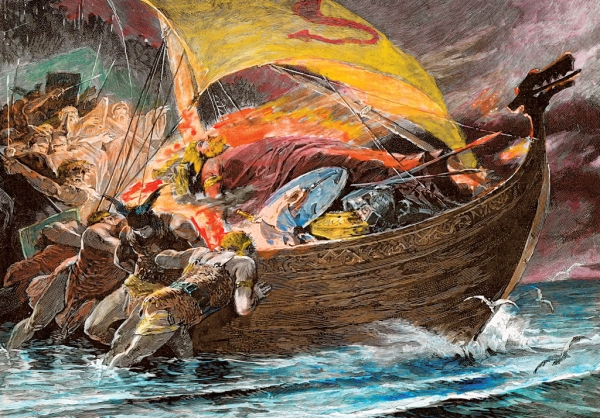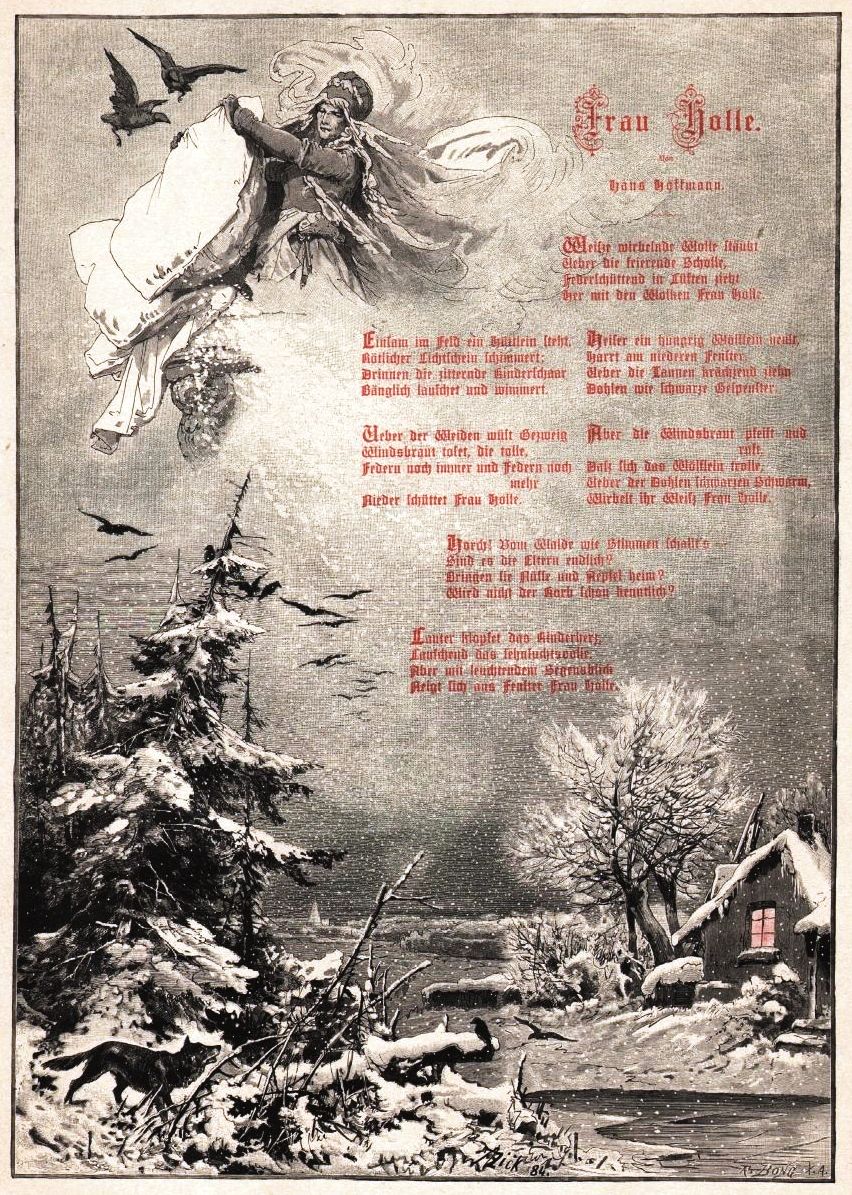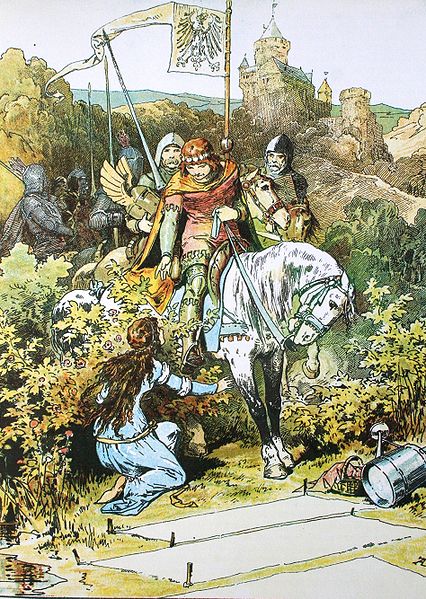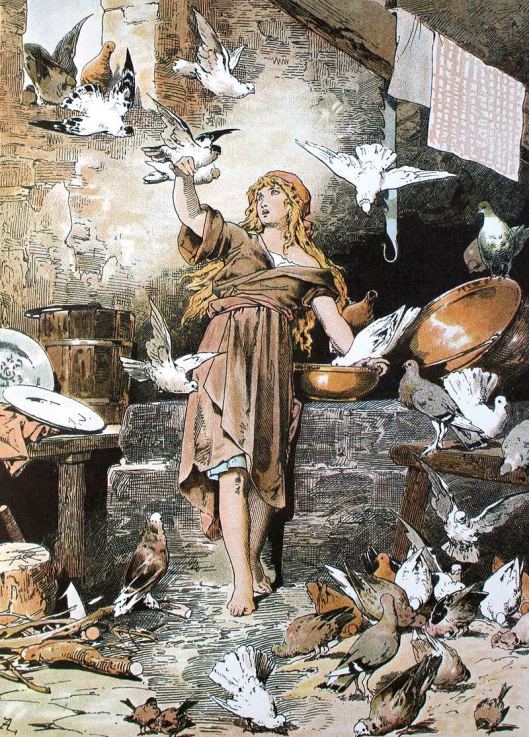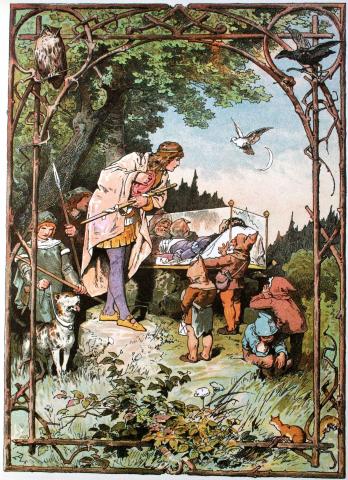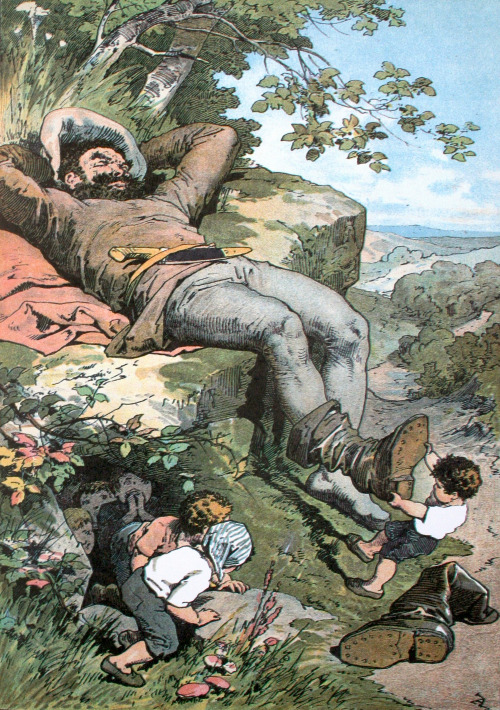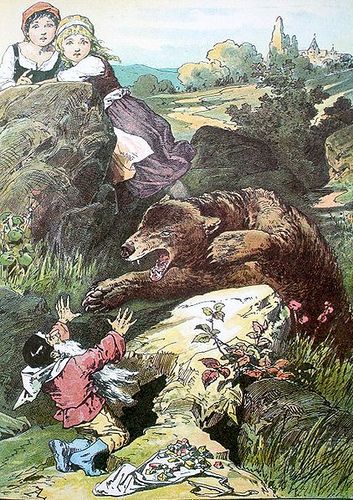Alexander Zick
Norse Gods and Goddesses Reproduced in Wilhelm Wägner's
Germanische Göttersagen (1907)
.jpg)
[HOME]
[POPULAR RETELLINGS]
|
Alexander Zick was born in Koblenz in 1845, the great-great grandson of fresco artist Johannes Zick (1702-1762), great-grandson of Januarius Zick (1730–1797), a German painter and architect considered to be one of the masters of the Late-Baroque, the grandson of the painter Konrad Zick and the son of landscape and portrait artist Peter Gustav Zick. Alexander was trained as a painter and sculptor at the Royal Prussian Academy of Arts in Düsseldorf. He first worked as a sculptor under August Wittig, and then studied painting under Eduard Bendemann where he became a professional painter. Zick then returned to Koblenz, before moving to Paris in 1864. There he was trained in the studio of Alexandre Cabanel. From about 1870, Zick then studied painting under Ludwig Knaus in Düsseldorf. Through the acquaintance of Knaus, Zick moved to Berlin in 1880 where he gained fame as a popular illustrator, although he was still active as a genre and history painter until his death in 1907. Zick primarily produced illustrations for books and book jackets, including novels, historical works, poetry and fantasies. Best known perhaps for his mythological subjects, such as “Iphigenia” and “Psyche Conducted Across the Styx,” he once suggested as his best picture “In the Hour of Suffering,” one in a series of Christian religious pictures under the inclusive title, “I Am With You Every Day” which attracted a good deal of attention from the German public (Stand Magazine, 1906). He made numerous drawings for family and youth magazines such as The Gazebo, and illustrated an edition of Goethe's Faust. Near the end of his career, he also designed German bank notes, the five Mark Reichskassenschein 1904 and the ten Mark Reichskassenschein 1906. These black and white reproductions published in Wagner's Germanische Göttersagen are all that remain of his beautiful depictions of Old Norse gods and goddesses. They must have been composed in vibrant color as can be seen from other examples of Zick's work that follow. |
||||||||||||||||||||||||||||
|
||||||||||||||||||||||||||||
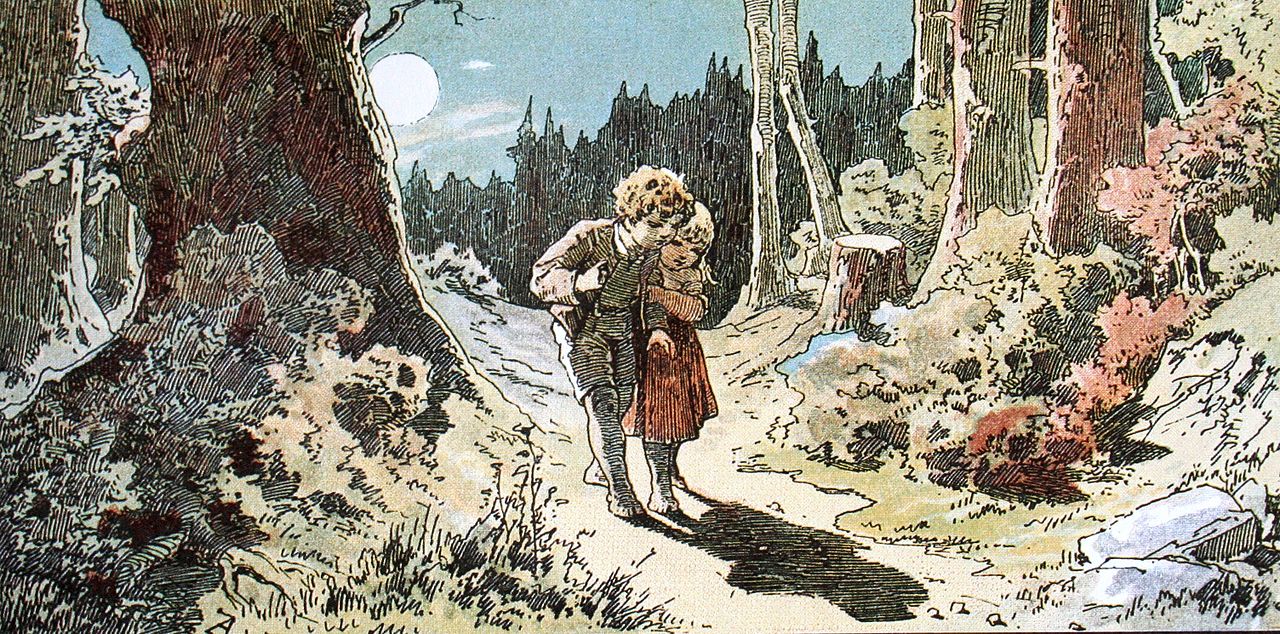 Hansel and Gretel |
||||||||||||||||||||||||||||
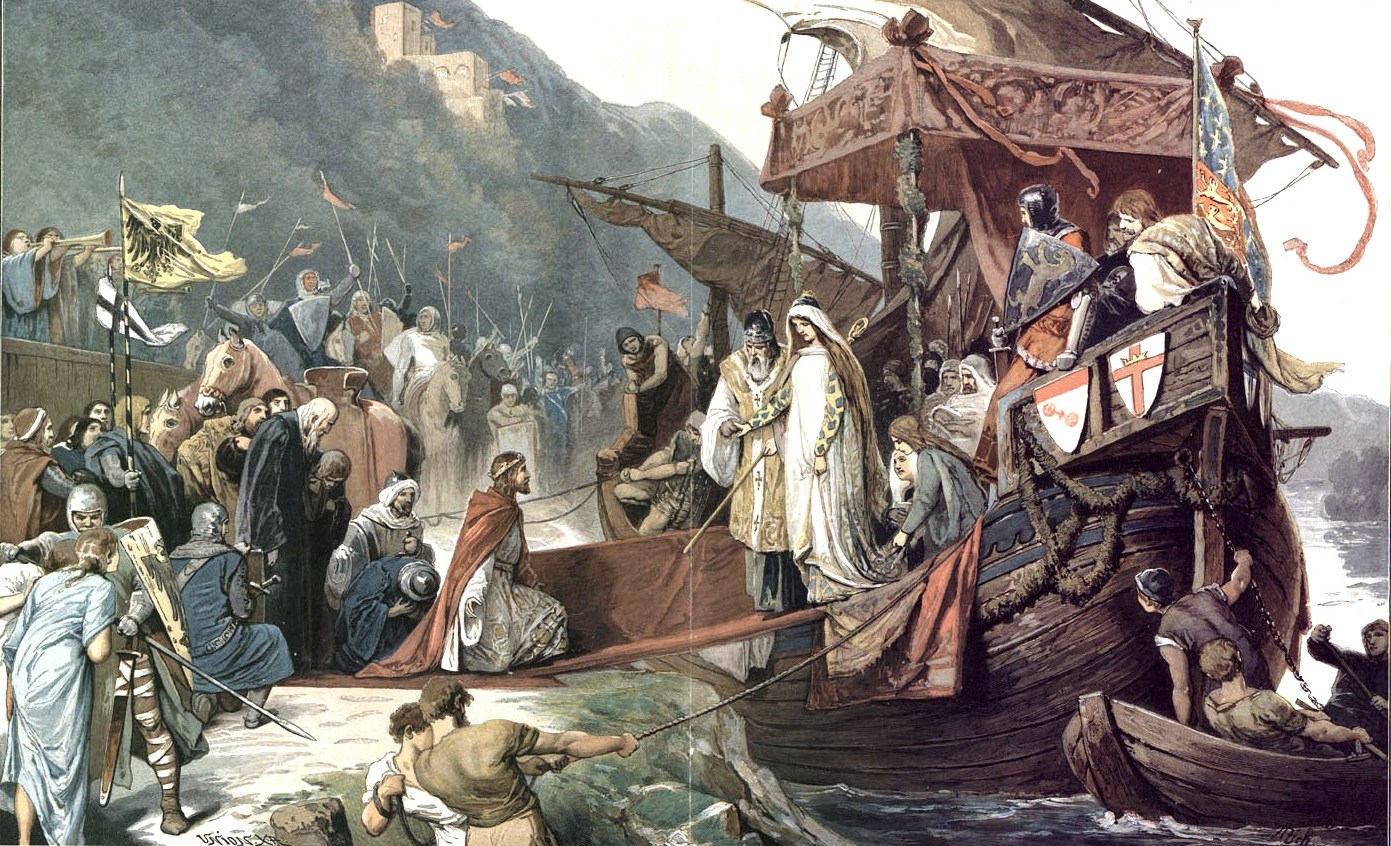 Frederich II and his bride Isabella arrive in England |
||||||||||||||||||||||||||||
[POPULAR RETELLINGS]
